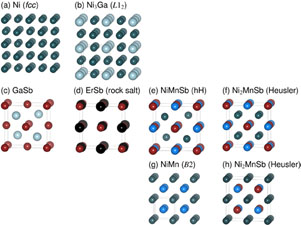Remarkable progress in the synthesis of inorganic nanoparticles along with their functionalization and assembly into composite architectures has enabled new domains of optical, electronic, and magnetic material properties to be accessed. To advance this area to the next frontier, a grand challenge is to build new materials and unique properties through the development of biphasic inorganic “hard†materials. Major objectives include elucidating a fundamental understanding of the novel properties arising from the presence and interaction of two phases; developing synthetic strategies that allow these materials to be fabricated in sufficient quantities, greatly expanding their availability and interest; and designing the structural parameters required for robust operation in harsh, engineering environments.
IRG MEMBERS:
| Tresa Pollock (Co-leader) | Materials |
| Ram Seshadri (Co-leader) | Materials, Chemistry |
| Michael Gordon | Chemical Engineering |
| Carlos Levi | Materials, Mechanical Engineering |
| Chris Palmstrom | ECE, Materials |
| Baron Peters | Chemistry, Chemical Engineering |
| Anton Van der Ven | Materials |
IRG AFFILIATES:
| I.J. Beyerlein | Los Alamos |
| C. Felser | Universitat Mainz |
| G.R. Odette | MechE, Materials |
| G.D. Stucky | Chemistry, Materials |

Structures of some of the fcc-derived compounds described in this proposal. Two depictions of the Heusler structure, also referred to as L21, [(f) and (h) with differing origins] of Ni2Mnb are depicted. All structures are drawn to scale. In (e), hH signifies half-Heusler.
